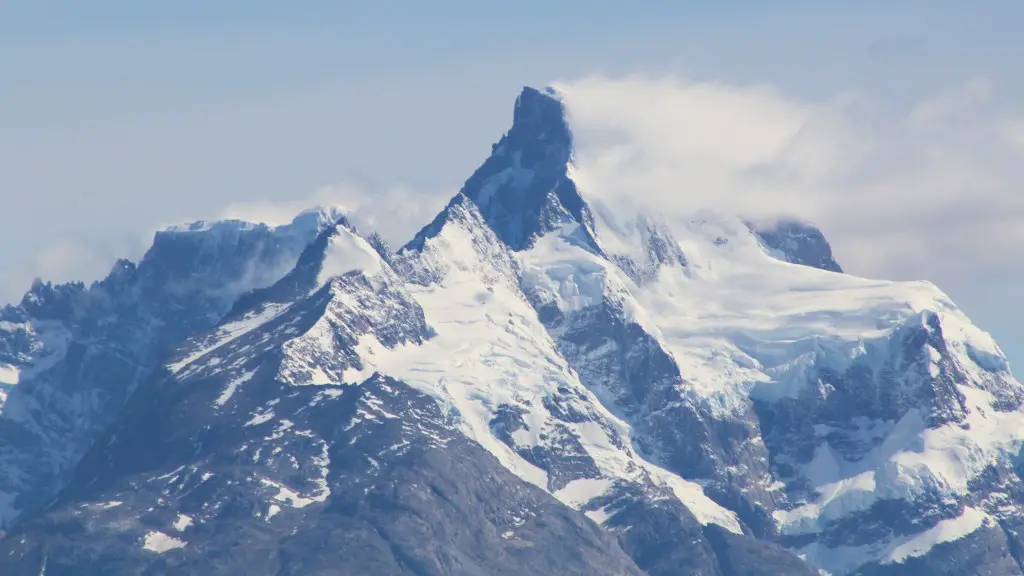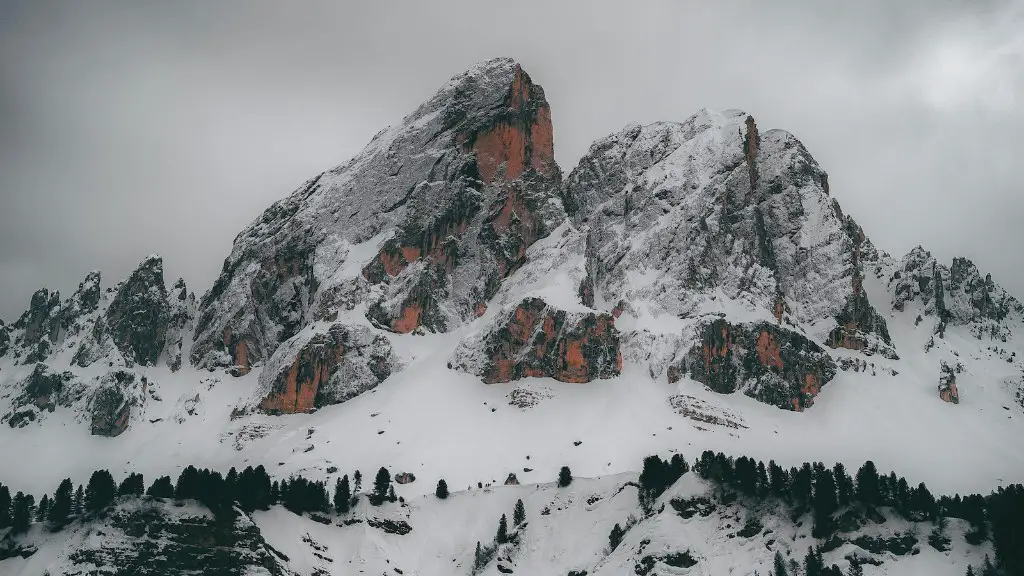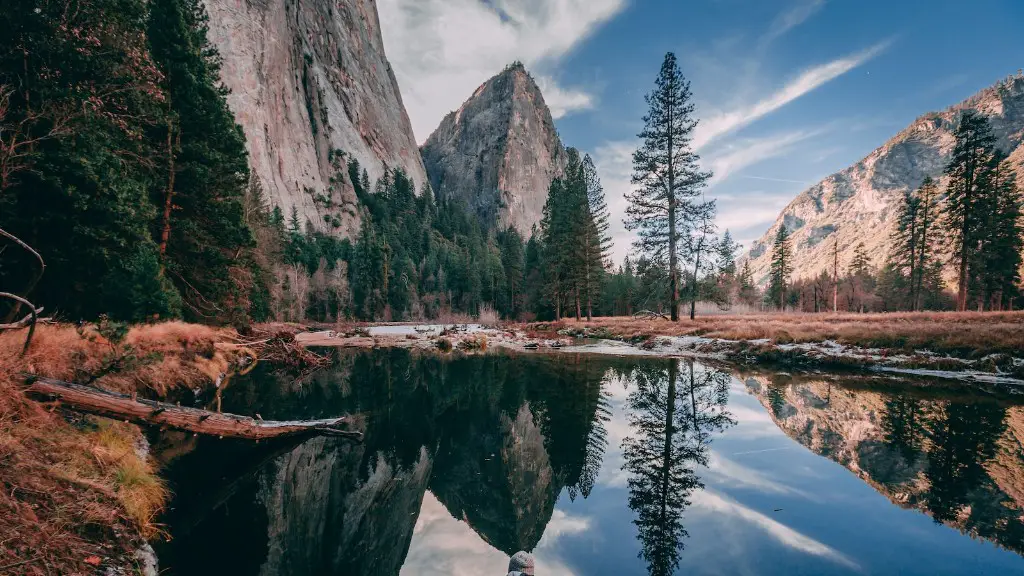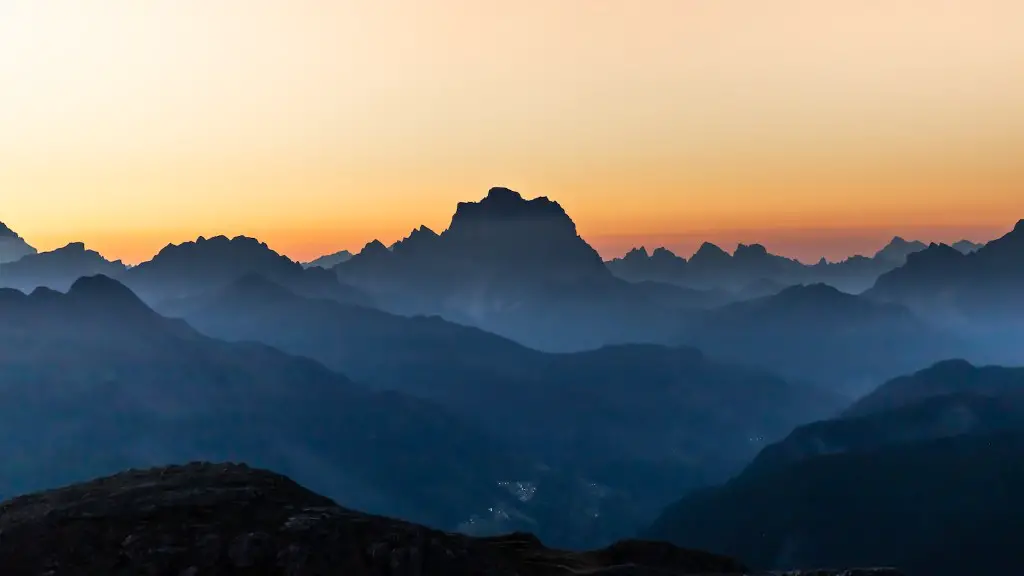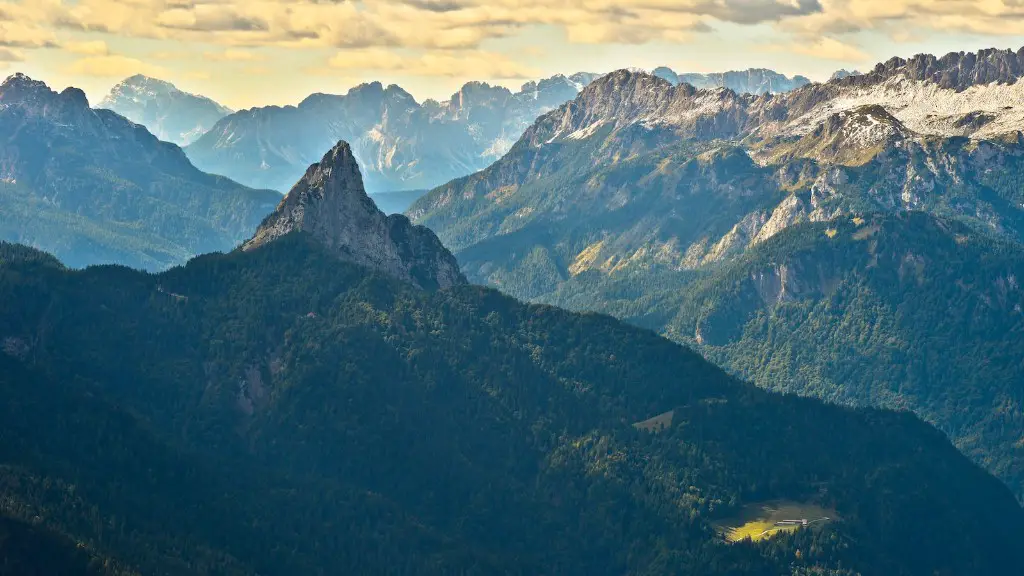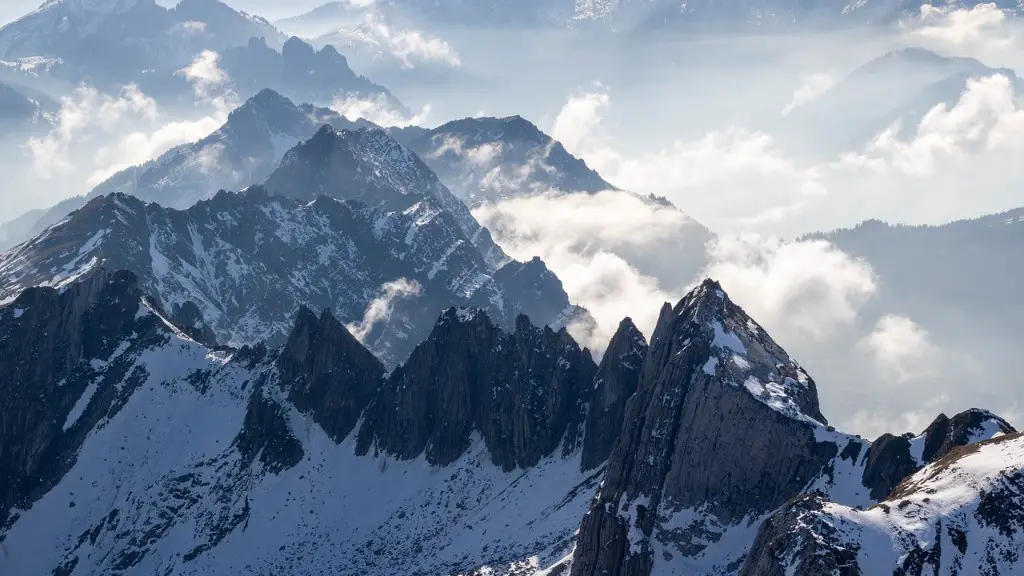Mount Everest is the tallest mountain in the world and is located in the Mahalangur Himal sub-range of the Himalayas. The international border between China and Nepal runs across the precise summit point. Mount Everest is generally considered to be the hardest mountain to climb.
Ascending Mount Everest is notoriously difficult, and has been famously called “the ultimate test of human endurance.” It typically takes around two months to complete the journey to the summit, and even experienced mountaineers have died while attempting the feat.
Can a normal person climb Mount Everest?
To successfully summit Everest, you must be in excellent physical condition and have previous experience climbing at high altitudes. Most people spend at least a year training to climb the mountain. You should also be comfortable on AD-rated climbs.
While reaching the summit of Mount Everest is a serious feat of physical accomplishment, beginners can trek to Everest Base Camp with (relative) ease. Of course, that doesn’t mean it’s an easy trek! If this is an expedition you’re considering, read on to find out more.
Can I climb Mount Everest with no experience
You need experience, experience, experience: having attempted the Seven Summits isn’t sufficient training for this kind of mountaineering. But beyond high-altitude climbing experience, you also need good footwork, good self-management and understanding of when you might need to turn back.
Climbers must be in good physical condition and have prior experience carrying a heavy pack for multiple days. They must be able to carry an average of 30 lbs or more and be physically and mentally prepared to deal with strenuous situations at high altitudes.
How cold is it at the top of Everest?
Mt. Everest is the tallest mountain in the world, and its summit sees some of the coldest temperatures on Earth. From mid-December to late-January, the average temperature at the summit is around -37°C (-35°F). Similarly, the average temperature at Everest Base Camp during the winter season is around -17°C (14°F). Despite the extreme cold, many mountaineers attempt to climb Everest during the winter months.
The Khumbu Icefall is the most dangerous part of an Everest expedition, even with the extensive systems of ropes and ladders installed each climbing season by the ice doctors. This is because the Icefall is constantly shifting and collapsing, making it a very treacherous place to try and cross. Many climbers have been killed or injured while attempting to make their way through the Icefall, so it is definitely something that should be approached with caution.
What is the oldest age to climb Everest?
There are two ways to scale Mt. Everest, the highest mountain in the world. One route is from the north side in Tibet and the other is from the south side in Nepal. The Chinese authorities impose an age limit of 18-60 for climbers in Tibet, while in Nepal, climbers must be a minimum of 16 years old but there is no upper age limit.
In Nepal, the price range for a standard supported climb of Mt. Everest is $28,000 to $85,000. A fully custom climb will run over $115,000. Those extreme risk-takers can skimp by for well under $20,000. Typically, this includes transportation from Kathmandu or Lhasa, food, base camp tents, Sherpa support, and supplemental oxygen.
How much does it cost to climb Mount Everest
The average price to climb Everest in 2022 was $54,972, with a median price of $46,995. In 2021, the average price was $54,044, with a median price of $46,498. While there is some speculation that China will open its borders to regular international travel in 2023, this has not been confirmed.
It is Lhakpa Sherpa’s opinion that the most difficult day of the journey is the day that the climbers attempt to make it to the summit and back to Camp Four. This is because they spend as little time as possible in the death zone.
Is it hard to breathe on Mount Everest?
The air at the top of Mt. Everest is incredibly thin, which makes it very difficult to breathe. Each breath contains only a third of the oxygen that is found at sea level, so it can take minutes just to catch your breath. The lack of oxygen can also cause headaches, dizziness, and even hallucinations.
It is tragic that so many people died in the 1996 Everest disaster, but I believe that Krakauer is right to blame the inexperienced climbers and the guides who agreed to lead them. The guides should have been more prepared and aware of the risks, and the climbers should have been more aware of their own limitations. I hope that future climbers will be more cautious and better prepared, and that the guides will be more responsible.
How much weight do you lose on Everest
The study found that climbers generally lose between 10 and 20 pounds while climbing Everest. The best things to eat while climbing at altitude are simple foods that are easy to carry.
When the weather is nice, there is no need for an enclosed shelter. Climbers can sleep in the open air, instead of using the rain fly. They will sleep with a lightweight sleeping pad and sleeping bag for comfort and warmth, the same gear that most campers opt for when sleeping in a tent.
How do you sleep while climbing Mt. Everest?
The accommodations during the trek to Everest base camp are the same throughout the route. The houses where you sleep are called lodges or teahouses. They are houses with normally more than two floors but sometimes only one, with dozens of rooms. This lodge is the Sherpa family’s own home 99% of the time (If not 100%).
The death zone is the term used to describe the altitude above 8,000 metres (26,247 feet), where the air is so thin that the human body can no longer function properly. Above this altitude, the body starts to shut down, and death is inevitable within a matter of days.
Most of the 200+ climbers who have died on Mount Everest have died in the death zone. The majority of these deaths have occurred during descent, when climbers are already exhausted and are more likely to make mistakes.
The main advice is to not stay in the death zone for more than 16 to 20 hours; shorter stays can also be deadly. If you do need to spend time in the death zone, it is important to move slowly and carefully, and to be constantly aware of the dangers.
Can you sleep on Everest
The permits were granted because the team applied for them and met the criteria for being allowed to sleep in Everest Base camp. There are usually only teams with expedition permits who are allowed to sleep there, so this is a unique opportunity. Sleeping at Everest Base Camp is an amazing experience and something that not many people get to do.
The top three causes of death on Everest are avalanches, falls, and mountain sickness. Avalanches are the most common cause of death, followed by falls and then mountain sickness. Mountain sickness can be caused by a number of factors, including exhaustion, dehydration, and lack of oxygen.
Final Words
It is very difficult to climb Mount Everest.
The conclusion is that it is very difficult to climb Mount Everest. Many people have died trying to reach the summit. It is a very dangerous mountain to climb.
